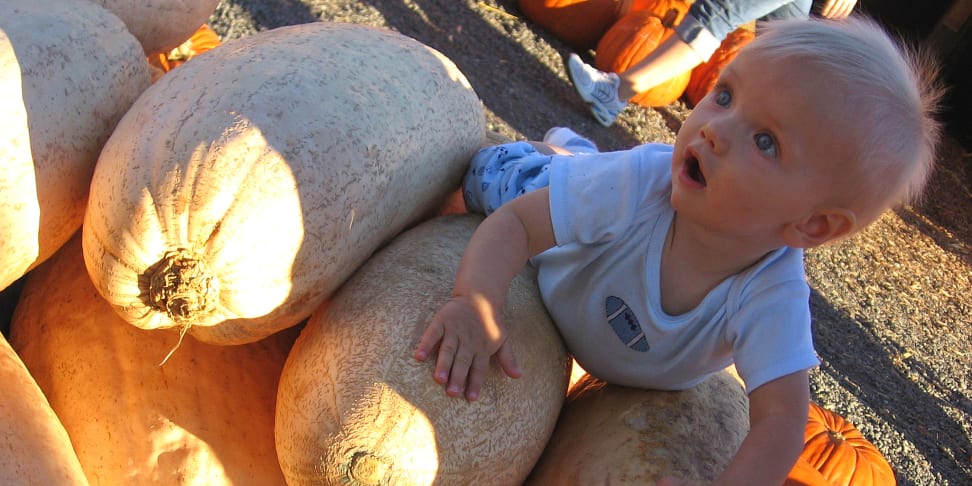Once-Extinct Squash Is the Ultimate Thanksgiving Leftover
850-year-old seeds bear fruit
 Credit:
Flickr user "iang"
Credit:
Flickr user "iang"
Products are chosen independently by our editors. Purchases made through our links may earn us a commission.
In 2008, archeologists found a clay ball on a Menominee reservation near Green Bay, Wisconsin. The ball was identified as a vessel local Native American tribes used for storing seeds, and was carbon-dated to 850 years ago.
More importantly, the scientists discovered there were actually still squash seeds inside.
{{amazon name="Winter Squash Waltham Butternut D671A (Tan) 100 Organic Seeds by David's Garden Seeds", asin="B00F4I9EBO", align="right"}} This particular type of squash was dubbed Gete-okosomin, which roughly translates to “really cool old squash” (yes, literally), and it's apparently so rare that it was thought to be extinct. However, botanists were able to successfully cultivate the vegetable (technically a fruit) by simply planting the 850-year-old seeds.
It’s basically Jurassic Park, but without any fancy sci-fi, deadly dinos, or Jeff Goldblum. You know... life finds a way.
Now, seven years later, the crop is in its fifth generation. This once-extinct squash is doing more than just surviving—it’s thriving. Specimens from the latest harvest were served up at the American Indian Center’s annual Giving Thanks Feast this year, and Susan Menzel of AIC reported that the veggies were gigantic. Some measured 3 feet long and weighed as much as 18 pounds.
Others are also working to bring the once-dead species back to life. Students in Winnipeg, Canada, received a batch of seeds, and the squash was incorporated into a course about healthy food choices and how to grow them. Students taking part in the curriculum plant and cultivate the squash, simultaneously learning while helping ensure that this rare varietal doesn’t become extinct all over again.
Related Video
{{brightcove '4156780263001'}}


